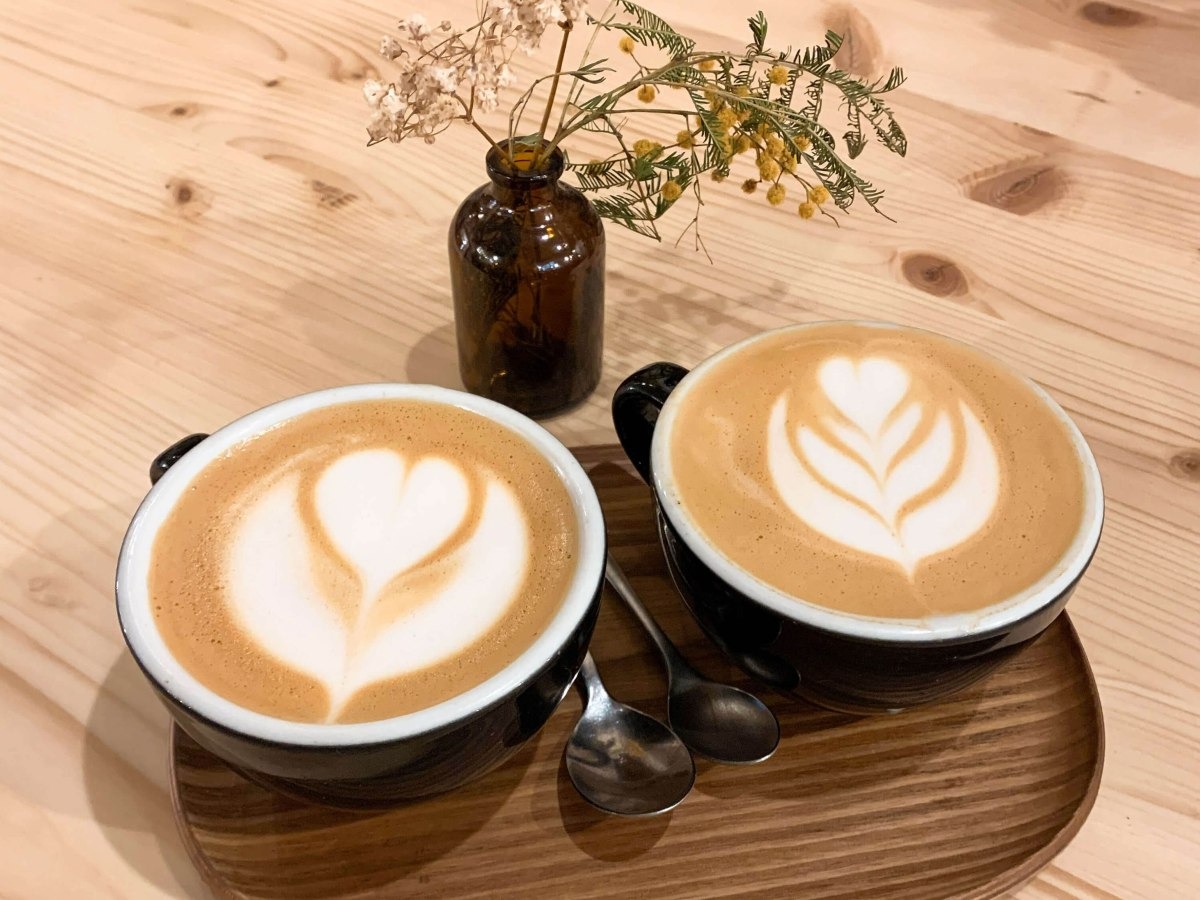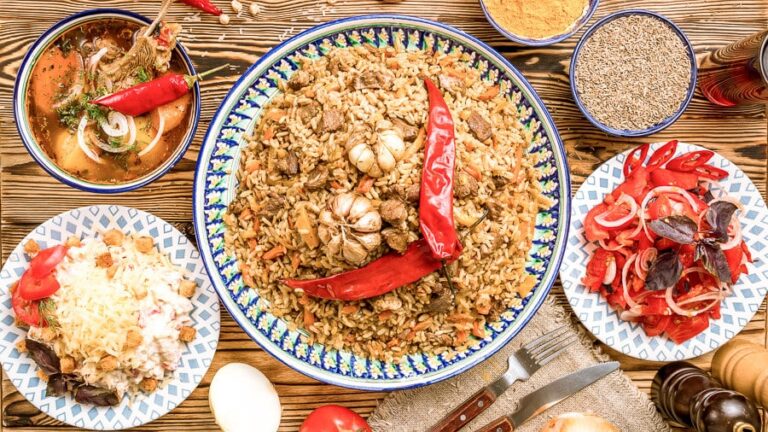
Artistic Streets, Stunning Architecture, Mediterranean Vibe and deep-seated coffee culture within Barcelona is because it is not merely all about drinking. Coffee is a ritual in Barcelona; coffee is a social catalyst in Barcelona. Coffee in Barcelona has become a way of life. This article tries to get people into the heart of Catalonia’s coffee culture, bringing out what is so special about most coffee places in Barcelona and making them worth the visit.
Historical traces of coffee in Catalonia
Coffee did not start in Spain until the 18th century and by the 19th century coffee had fully become a symbolic cultural drink in Catalonia. Cafes transformed into colloquiums of intellectual, political, and artistic kind. Picasso and the writer Josep Pla drew inspiration from the coffee-house setting in the early history of Barcelona. They were not only about drinking a cup; they were all talked and thought about in change.
Cafes that double as centers for sociability
Unlike grab-and-go coffee culture which many parts of the world are used to, coffee places are built around a community in Barcelona. Locals will sip at their espresso or cortado for hours at a time engaged in lively conversation. Cafés are living rooms for people-that-is beyond home; it is in it wherein discussion of the whole range-from politics to football-is taking place.
Friend chatting over a café con leche or professional having informal meetings in quaint corner spots. Definitely hang together with the concept called “sobremesa,” literally hanging out of the table after a meal or drink. It doesn’t get more Spanish than that.
The Range of Catalan Coffee
- Barcelona’s coffees are, without a doubt, original:
- Cafe Solo: Strong and powerful, a solitary espresso shot.
- Cortado: A dash of milk with espresso to take the edge off.
- Café con Leche: An espresso with steamed milk.
- Carajillo: Coffee with a shot of brandy or some other liquor, often after a meal.
- Trifásico: Like Carajillo but with more layers, usually involving some milk and alcohol.
There is no end to the variety of these drinks depending on regions and personal preferences, but in them lies how a coffee is customized and ritualized in Barcelona.
A Fusion of Tradition and Modernity
The magic that makes a café stand out in Barcelona is the very old tradition mixed with innovation that offers the freshness of new. Classic institutions such as Café de l’Opera or El Quim de la Boqueria have the unique old-world quality of serving traditional drinks that seem to revive the spirit of a bygone era. Meanwhile, an entirely new generation of specialty coffee shops is shaking the ground.
Cutting-edge spots like Satan’s Coffee Corner and Nomad Coffee boast a third-wave cult of coffee consumption: ethical sourcing of coffee beans, precision brewing, and minimal impact on aesthetics. Their patrons include digital nomads, creatives, and lovers of fine coffee looking for more than just great coffee but also a great space.
Coffee Aesthetics: Visually Appealing Everything about coffee places in Barcelona makes them unique, from the views and architecture. Most cafés come with picture-perfect interiors, vintage furniture set-up, Catalan tiles, great foliage, and soft light. The design and art are such a big deal in the city that spills, rather overspills, into the city’s coffee culture, providing the areas with an eye-catching look and making their beauty pleasurable while sitting in them. In Eixample, it is a Modernist versus minimalist combination, while Gothic brings some more rustic interiors that are filled with a great flow of history. Together they create a whole that transforms the experience, making it more than just coffee inside it.
Barista in Their Role
A barista is more than a servant in a lot of traditional bars and modern coffee shops. In Barcelona, baristas sometimes develop relationships with their regulars, remember their orders, and even advise them of other brews to try. This personal touch is part-and-parcel of a warm and authentic experience.
In specialty coffee shops, the baristas also act as educators eager to share their knowledge on everything from the brewing methods to the origins of the beans and tasting notes. This culture of sharing knowledge and enthusiasm sets Barcelona apart in the world coffee map.
The Influence of Seasons & Locations
Catalan coffee culture does not operate in a vacuum. Many cafes also sell local pastries, such as ensaïmada, coca de Sant Joan, or mel i mató, to pair with the coffee in question. Seasonal menus are commonplace, with iced coffees and cold brews served on the hottest of summer days.
Some cafes also change their beans with the seasonal harvests, working with local roasters, to strengthen that relationship with the community and sustainability.
The Outdoors Café Culture
The weather really helps coffee culture in Barcelona. The option to sit outside is dearly cherished, especially in plazas and on the boulevard. Pouring coffee anywhere, be it the famous Passeig de Gràcia or a suddenly lit street in El Born, is a highly considered and ranked pastime among the locals.
Terrace culture also allows for some much-beloved people watching. Most locals would sit in the shade or under the umbrella with a beverage just taking in the pulse of the city.
Iconic Coffee Places in Barcelona
Here are some distinguished stops that encapsulate the far-reaching facets of this city’s coffee culture:
- Café de l’Opera (La Rambla) – With that historic presence and traditions that spring forth with age-old charm.
- Satan’s Coffee Corner (Gothic Quarter) – Minimalist and modern in style, with an emphasis on bean selection.
- Nomad Coffee (El Poblenou) – Specialty coffee is brewed with an urban twist.
- Onna Coffee (Gràcia) – Costa Rican beans in a friendly, comfortable place.
- Espai Joliu (El Poblenou) – A conceptual shop-cum-café, planting and displaying art underneath its roof.
- Granja Viader (Raval) – Famous for its thick Spanish hot chocolate and legendary coffee.
Coffee Etiquette in Barcelona
You could just about get by with no guidebooks for coffee orders, yet some courteous little things can ease the way abundant:
- Never hurry; coffee is to be sipped and savoured slowly.
- Always greet with a “bon dia” or “hola” when stepping in. A polite gesture can work wonders.
- Watch out for the menu; it frequently charges extra for sitting on the terrace.
- Asking for “to go” is rarely heard, but it is opening up more in new places.
- Tips are not obligatory but always welcomed.
Final Thoughts: The Spirit of Barcelona in a Cup
Coffee shops in Barcelona are more than simple replenishment stations; they are mirrors to the soul of the city. Be it a bustling square, sipping café con leche, or a quiet nook enjoying a V60 pour, you have become part of an ongoing living culture.
For the nostalgic, the curious, the hurried or the leisure-loving, the coffee scene of Barcelona offers something for everyone. It urges you to slow down, make connections, and stay in the moment—one cup at a time.
So, next time you wander through the city, bypass the chains and go for that magic concocted right at the heart of Catalonia. There’s no better way to experience a true Barcelona experience than with its cafés.

